University of Alberta research will compare the effect of temperature extremes in the same cattle under natural conditions
Scientists are trying to determine if cattle in Alberta being selected as more feed efficient are also more resilient at coping with extremes in heat and cold. “Our cows here, they are exposed throughout the year to these huge variations in temperature, and we need to look at them and see what’s going on,” said […] Read more Livestock Management
Livestock Management
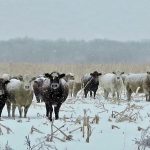
Johne’s less prevalent in Western Canada than in the East
Johne’s is a bacterial infection that results in chronic diarrhea that leads to weight loss, wasting and eventual death. The disease is primarily seen in mature cows. The bacterium that causes the disease is referred to as MAP (Mycobacterium avium paratuberculosis) and the disease is sometimes also known as paratuberculosis. The MAP bacterium that causes […] Read more
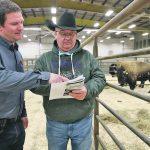
Canadian bison meat blocked from U.S. markets
Live animals still allowed but meat has been banned since U.S. started enforcing Amenable Species Act during the COVID-19 pandemic
CAMROSE, Alta. — A long forgotten American wildlife act that was dusted off during the COVID pandemic has blocked Canadian bison meat from entering the United States, costing Canadian producers millions of dollars. “Without access to the U.S. market, especially with bison trimmings, the Alberta industry will continue to have struggles and continue to have […] Read more
FMD vaccine bank announced in federal budget
Federal finance minister Chrystia Freeland has tabled the 2023-24 budget, promising funding for a foot-and-mouth disease vaccine bank and more funding for eastern Canadian farmers to move away from imported fertilizer. The budget allocated $57.5 million over five years, beginning this fiscal year, to the Canadian Food Inspection Agency to establish the FMD vaccine bank […] Read more
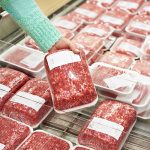
Japan removes final BSE restrictions on Canadian beef
One of the last vestiges of the BSE disaster of the early 2000s in Canada will be ending now that the Japanese government has agreed to allow processed beef into the country for the first time in two decades. “Our government will always stand shoulder-to-shoulder with our ranchers and processors who export the finest and […] Read more
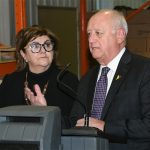
Sask. rolls out strategic programs
Saskatchewan has signed its bilateral agreement on farm supports with Ottawa and announced its strategic initiatives program for the next five years. Agriculture minister David Marit, with federal rural economic development minister Gudie Hutchings, announced the $485 million spending plans under the Sustainable Canadian Agricultural Partnership March 20. It takes effect April 1 and represents […] Read more
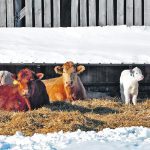
Cow-calf sector looks for solutions
KISBEY, Sask. – Sitting in a small office attached to his machine shop, Darren Ippolito paused for about five seconds before answering a question. Then, he started to laugh. Related stories: Ag policies called biased toward grain Canada’s cow-calf exodus Ippolito had been asked if a large group of cattle producers in south-eastern Saskatchewan and […] Read more
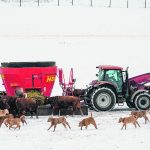
New study recommends boxed beef price report
A long-awaited study on removing barriers in Alberta’s beef industry is recommending a mandatory Canadian comprehensive boxed beef price report, along with measures to boost processing capacity. Better price reporting would give producers such as feeders more information to better market their cattle, said Brad Dubeau, general manager of Alberta Beef Producers. “We would definitely […] Read more
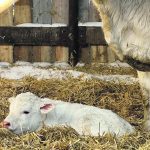
Calves are susceptible to hypothermia
Windbreaks, well-bedded areas and calving barns can prevent hypothermia, but there are steps to take if it does occur
Preparation can prevent or at least minimize the risk of hypothermia in young calves. Dr. Chris Jermey, a veterinarian at Veterinary Agri Health Services in Airdrie, Alta., says hypothermia can easily occur. “When a calf is born, it’s going from a warm, wet environment that’s sitting at somewhere in that 38 C range, and all […] Read more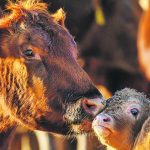
Low body condition scores can put cows’ health at risk
Feed has been short in a lot of places over the last two years. Producers who have doubts about their feed’s nutrition or availability should work with nutritionists to explore feed alternatives and feed sources and supplements. Sometimes we get lucky with a mild winter like this one, which allows us to save on feed […] Read more

 Livestock Management
Livestock Management


